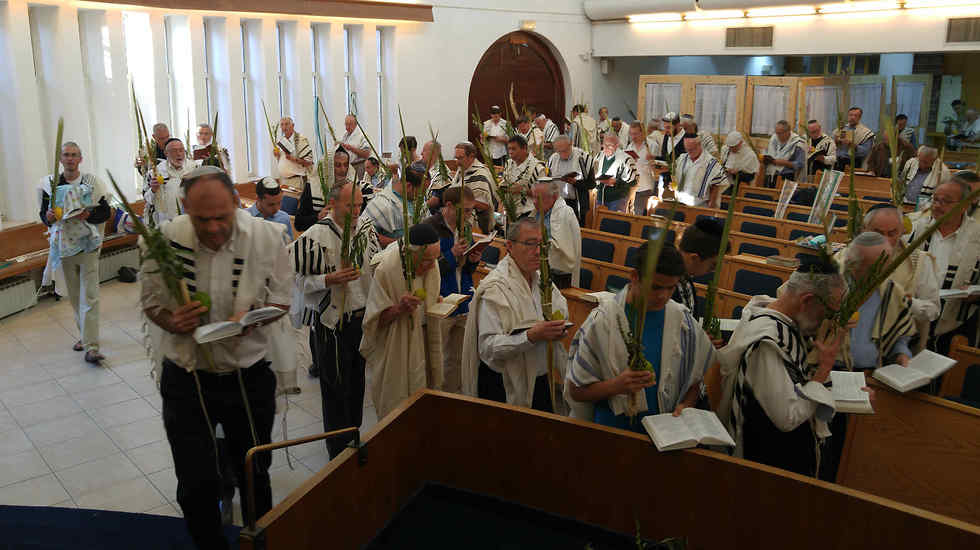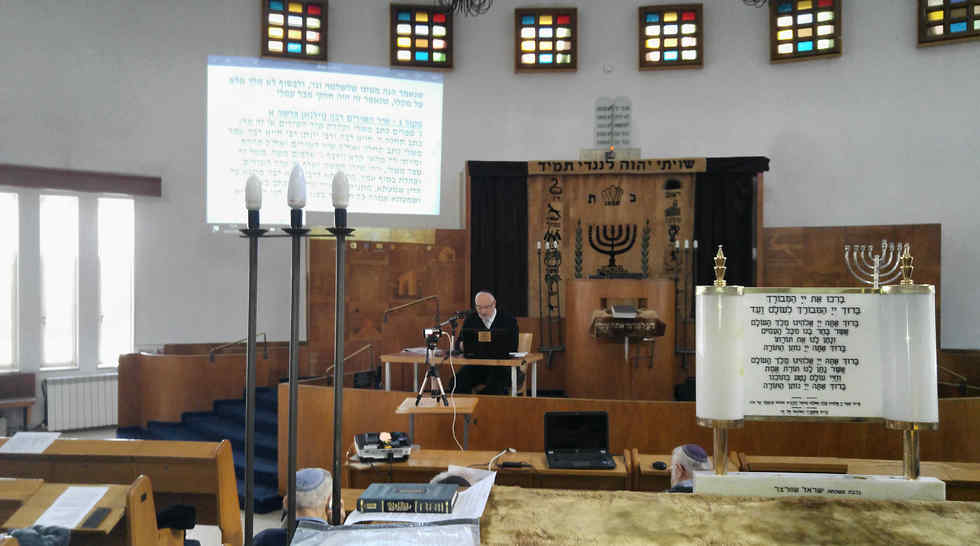Op-ed: Imagine what would’ve happened had the Conservative Movement, which donated billions of dollars to Israel over the years, decided to instead invest its money in promoting an alternative to the existing religious establishment in Israel.
Let me tell you a story. In 1926, the Conservative Movement in North America bought a nice plot of land in the heart of Jerusalem. Two and a half acres, between the center of town and the Rehavia neighborhood.
The Conservatives, who identified with Zionism from its beginnings, believed it was not enough for the Jewish national home to come into being on a basis of secular Zionism alone. They believed there needed to be a major synagogue in the heart of Jerusalem which would be modern, with the right mixture of old and new, of tradition and change. It was a marvelous vision, but there were not many new immigrants at the time, and those who did come were Socialists looking to change the world and weren’t so in tune with religious sentiment. The plot of land remained bare and empty.
It stayed that way until 1934, when the Conservative Movement agreed, happily, to make a present of it to a promising-sounding new initiative. An Orthodox group called “Yeshurun” aimed to build a synagogue in Jerusalem with a more modern character, which would attract young people. An aesthetically appealing synagogue where services would be conducted with decorum, with a slightly more liberal attitude toward women.

On that plot of land today stands the famous Yeshurun synagogue. The Conservative Movement not only donated the site, it also made a generous contribution toward the financing of the building.
For many years, the synagogue has been the place of prayer for the elite of the Poel Mizrahi, later the National Religious Party. Dr. Yosef Burg used to stroll there from his nearby home every Shabbat. It’s the synagogue where to this day the Chief Rabbi of Israel gives the “Shabbat Hagadol” sermon on the Shabbat before Seder night.
Somewhere at the entrance to the building you can still see a brass plaque with the inscription, “In testimony and commemoration of the United Synagogues of America, who redeemed this holy land within the Holy City of Jerusalem and donated it in perpetuity to ‘Yeshurun’ for the establishment of a great synagogue and place of Torah in Israel, and also donated generously to this building, the first building of Yeshurun. May God bless them from Zion.”
Ah, history. There are times when it has an odd way of looking at you with a rueful smile. I think this is one of those times.

Just imagine what could have happened. How would Israel look today if the Conservative Movement had made a decision to hold back as long as the altruistic approach of “All Israel” was marginalizing investments that could have promoted an alternative to the existing religious establishment in Israel?
Over the years, Conservative Judaism has contributed billions of dollars to the State of Israel. It did so deliberately, out of Zionist ideology and philanthropic practice, in a non-sectorial fashion. From a historical perspective it acted nobly. But politically? It was shooting itself in the foot.
Why? Because there is a market failure in the religious sphere in Israel. The state invests NIS 3.7 billion a year in Orthodox religious and cultural services. A huge sum, which is entirely invested in maintaining the Orthodox Jewish narrative. Against this backdrop, non-Orthodox Israeli Judaism has made fantastic achievements: it has managed to establish itself in spite of institutional malpractice and budgetary lockout.
This year the Masorti movement is celebrating the 40th anniversary of its establishment in Israel. The pioneers who founded it deserve to be awarded the Israel Prize. That’s not going to happen. But just look at the number of Jews in Israeli who identify with non-Orthodox denominations—over half a million (about a quarter of a million for each movement). That’s 100 percent growth in ten years. In a dysfunctional market, where the regulator himself benefits from lack of competition and even promotes it, you couldn’t ask for a more authentic and moving achievement.
As reported by Ynetnews
